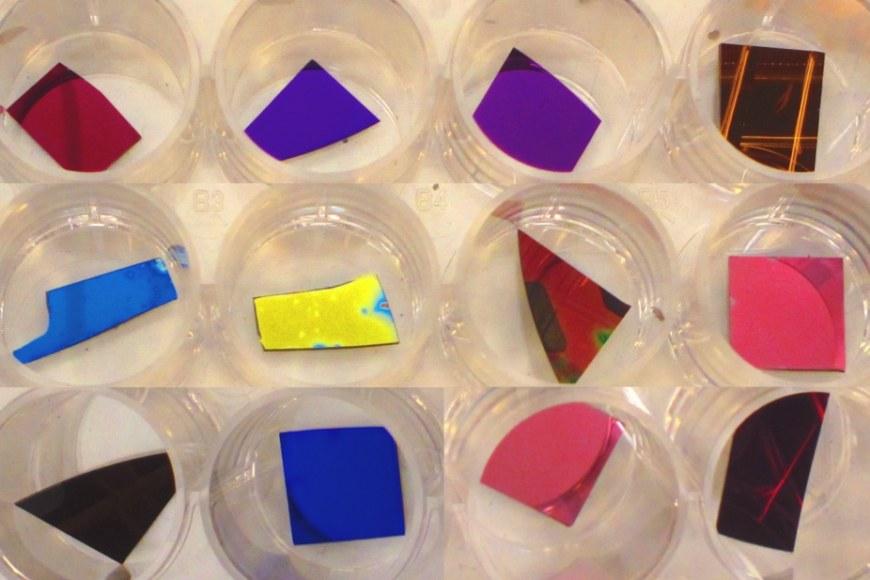
Solar Fuel Synthesis project is the answer to the sustainable energy solutions of the future by turning CO2 and H2O into carbohydrates just with the energy coming from the Sun. Solar Fuel Synthesis operates as a solar fuel cell based on artificial photosynthesis, where the solar energy is converted into the chemical bond energy of the carbohydrates under photoelectrochemical (PEC) conditions. This enables efficient and economically viable storage and transport of solar energy on demand.
Like in an ordinary solar cell where the electricity produced is proportional to the solar illumination, the formation rate of carbohydrates is also proportional to the light intensity. Therefore, Solar Fuel Synthesis is designed to operate with concentrated photovoltaic (CPV) power plants, where lenses and mirrors are used to focus sunlight onto multijunction solar cells with light intensity exceeding 100 suns.
Our innovative approach is based on utilizing two in-house designed and manufactured state-of-the-art multijunction III–V semiconductor CPV tested solar cell materials acting as a photoelectrodes. The multijunction III–V solar cells are set to provide over 50% solar-to-power efficiency with current densities over 1000 mA/cm2 under a light intensity equivalent to 100 suns. A corrosion protection and charge transfer optimized atomic layer deposited (ALD) thin film of TiO2 with a thickness of 30 nm will be grown on both III–V solar cell materials to ensure durability and functionality.
The extremely high efficiency of the solar cells is due to the series connected III–V semiconductors which can absorb different wavelength range. Moreover, the multijunction set-up allows us to choose a suitable potential at the surface of the solar cell. This makes it possible to adjust the potential in such a way that it will match the redox potential of the water oxidation on the photoanode side and the redox potential of the CO2 reduction on the photocathode side.
Funding source
Jane and Aatos Erkko Foundation
Contact persons
Mika Valden
Professor, Vice Dean for Education Mika Valden
Mika Valden